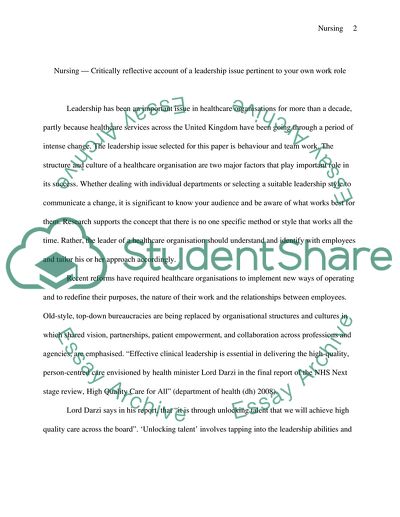Cite this document
(“Nursing - Critically Reflective Account of a Leadership Issue Research Paper”, n.d.)
Nursing - Critically Reflective Account of a Leadership Issue Research Paper. Retrieved from https://studentshare.org/nursing/1737701-nursing-critically-reflective-account-of-a-leadership-issue-pertinent-to-your-own-work-role
Nursing - Critically Reflective Account of a Leadership Issue Research Paper. Retrieved from https://studentshare.org/nursing/1737701-nursing-critically-reflective-account-of-a-leadership-issue-pertinent-to-your-own-work-role
(Nursing - Critically Reflective Account of a Leadership Issue Research Paper)
Nursing - Critically Reflective Account of a Leadership Issue Research Paper. https://studentshare.org/nursing/1737701-nursing-critically-reflective-account-of-a-leadership-issue-pertinent-to-your-own-work-role.
Nursing - Critically Reflective Account of a Leadership Issue Research Paper. https://studentshare.org/nursing/1737701-nursing-critically-reflective-account-of-a-leadership-issue-pertinent-to-your-own-work-role.
“Nursing - Critically Reflective Account of a Leadership Issue Research Paper”, n.d. https://studentshare.org/nursing/1737701-nursing-critically-reflective-account-of-a-leadership-issue-pertinent-to-your-own-work-role.


